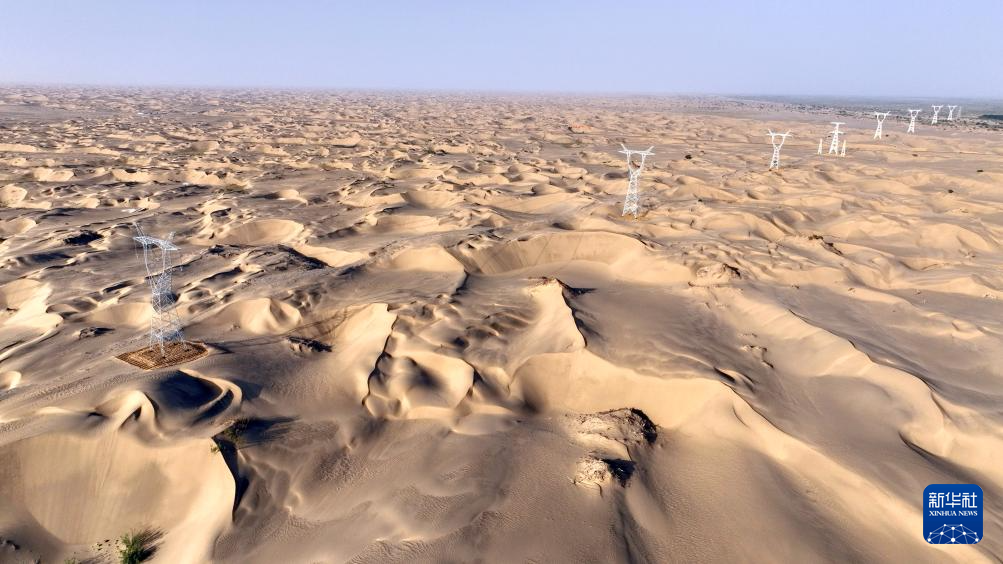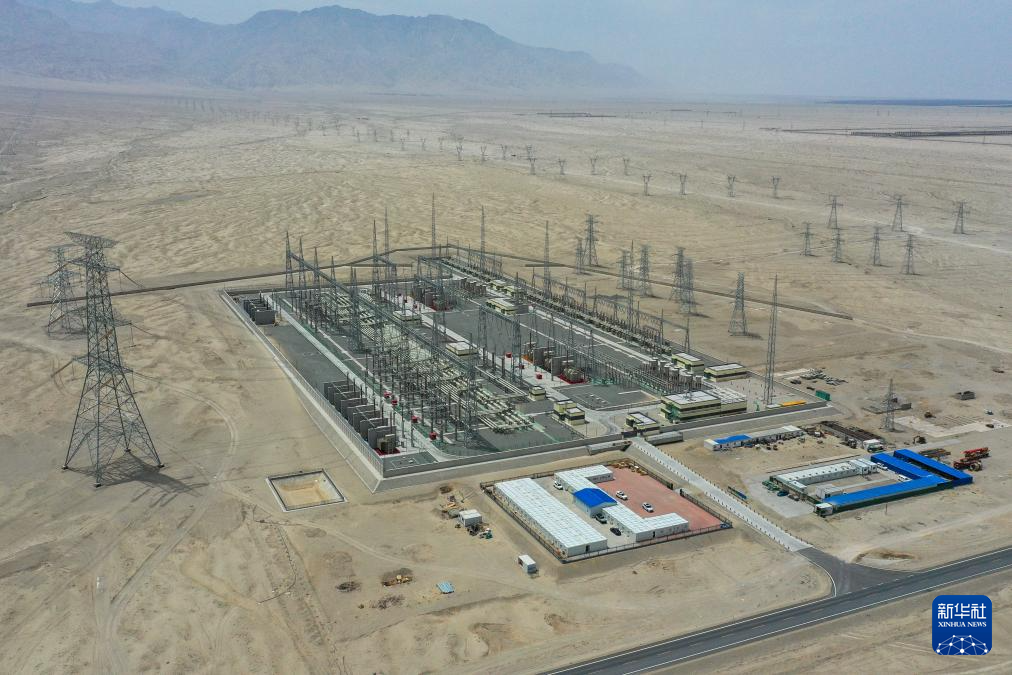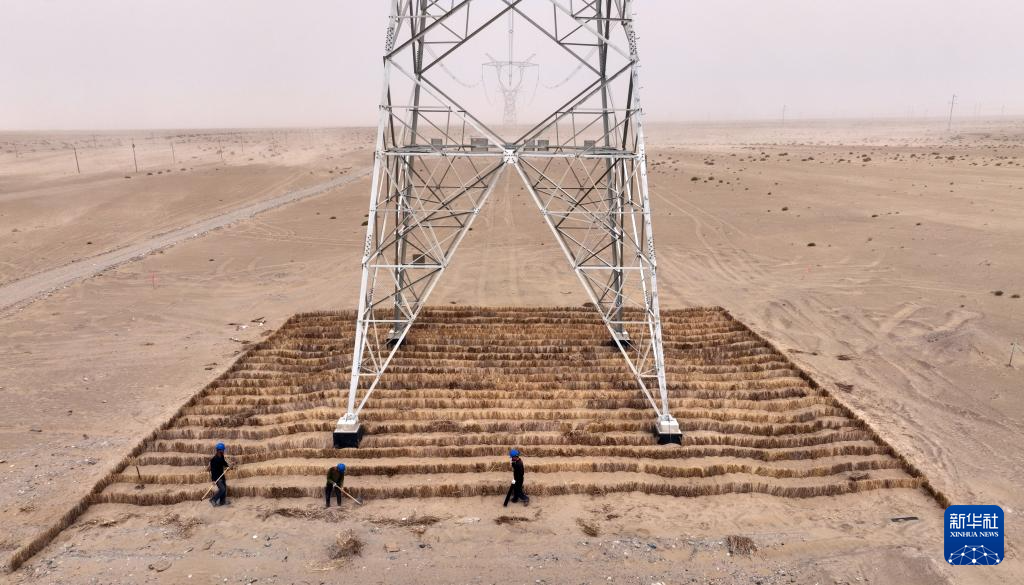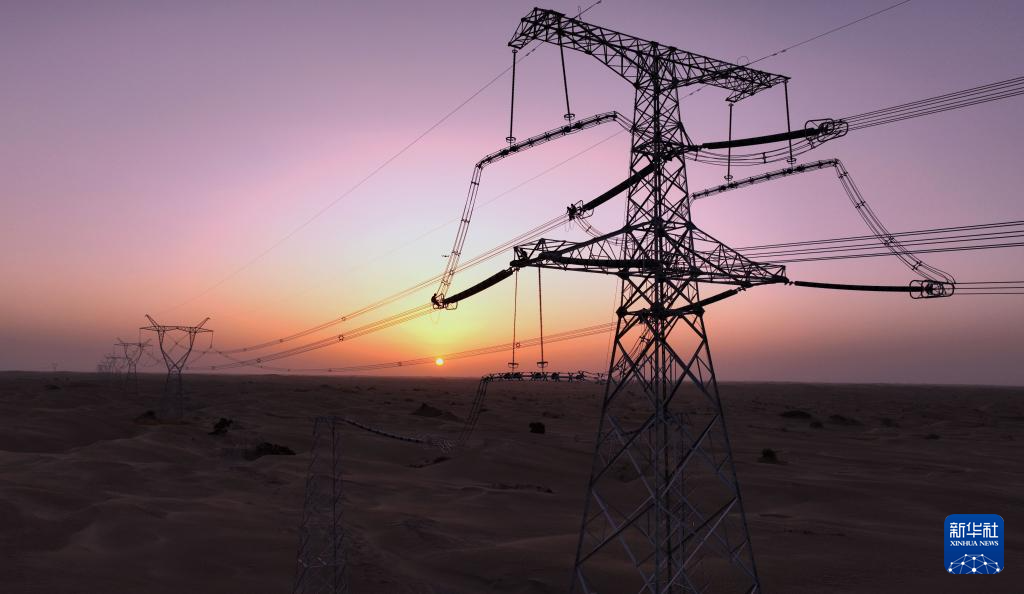On July 13, 2025, the Xinjiang Tarim Basin 750KV power transmission and transformation project was fully connected.
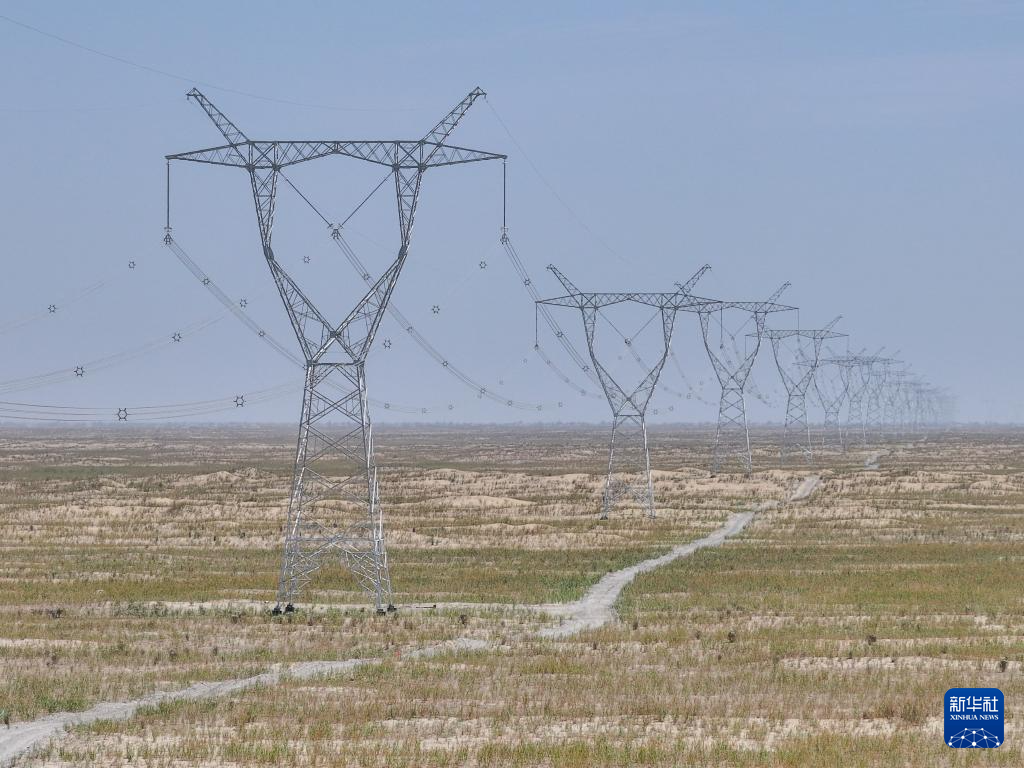
I. Project Overview and Technological Breakthroughs
1. Scale and Coverage
The total line length is 4,197 kilometers, forming a closed-loop power grid around the Tarim Basin, covering five prefectures in southern Xinjiang (Aksu, Kashgar, Hotan, Bayingolin Mongol Autonomous Prefecture, and Kezhou), with an area of 1.06 million square kilometers (accounting for nearly one-ninth of China’s land area).
It includes 9 transmission and transformation electronic projects, 9 substations and 1 switch station. It took 15 years (2010-2025) to build, with a total investment of more than 28.3 billion yuan.
2. Significance of voltage level upgrade
Previously, southern Xinjiang relied on a 220 kV power grid (transmission distance <300 km, capacity 300,000 kW). After the upgrade, the 750 kV transmission distance exceeded 600 km, and the transmission capacity reached 3 million kW, which is equivalent to a leap from a “county-level highway” to an “electric highway”.
The ring network structure can provide power in multiple paths, completely changing the long-chain power supply pattern in southern Xinjiang, increasing the power supply capacity by 800,000-1 million kW, and significantly enhancing reliability and stability.
II. Construction Challenges and Innovative Solutions
1. Conquering the “Sea of Death”
- More than half of the routes cross the Taklimakan Desert, where quicksand can easily bury the tower foundation. The builders adopted the “three-fast construction method” (fast excavation, preparation, and pouring) and “drip maintenance”, and built roads along the entire line (laying geotextiles + rolling with earth and slag) to ensure transportation.
- When crossing the remnants of the Kunlun Mountains, a cableway was set up to transport 3,000 tons of tower materials, and the iron tower was assembled by hand.
2. Protection of ecologically sensitive areas
- When passing through poplar forests and wetlands, **increase the height of the iron tower and move the tower** to avoid damaging vegetation; after the project was completed, 480,000 square meters of grass grids were laid to fix sand and slow down the flow of sand dunes.
III. Economic and social benefits
1. New energy consumption and development
The new energy acceptance capacity will be increased by 8 million kilowatts, solving the bottleneck of grid connection of wind and solar bases in southern Xinjiang, and will drive the development of 50 million kilowatts of clean energy in the future (currently, clean energy in southern Xinjiang accounts for more than 66%).
Through time difference complementarity (Xinjiang’s sunshine peak corresponds to the evening peak of electricity consumption in central and eastern China), green electricity will be connected to the “West-to-East Power Transmission” channel through this ring network to support national energy allocation.
2. Industry and people’s livelihood drive
Provide more than 8,000 jobs, and reduce the electricity cost of enterprises (such as stable electricity for mineral and new energy projects in Qiemo County).
The power load in southern Xinjiang will exceed 14 million kilowatts (the power consumption in 2024 will increase six times compared with 2010), and the project will provide a foundation for industrial upgrading.
Ⅳ. Ecological protection coordination
Engineering sand control combined with photovoltaic sand control: photovoltaic power stations are built simultaneously along the transmission channel to form a “new energy oasis” to lock the desert and reduce sand and dust erosion on the line.
Wetland and biological protection: optimize the route when crossing the Taitema Lake wetland to reduce ecological disturbance
Ⅴ. National Energy Strategic Significance
Xinjiang has exported more than 900 billion kWh of electricity, covering 22 provinces, autonomous regions and municipalities. This project is a key link in Xinjiang’s “seven-ring network for internal supply and six-channel transmission” power grid, and is scheduled to be put into operation by the end of 2025.
The supporting project of the UHV transmission channel from Ruoqiang to Sichuan and Qinghai
Ⅳhas started. In the future, 100 million kilowatts of photovoltaic power will be transmitted eastward in southern Xinjiang, which can replace 25 million kilowatts of thermal power installed in the central and eastern regions.
This project is not only a milestone in China’s ultra-high voltage power grid technology, but also reshapes the development logic of desert areas with the “power and ecological double ring” model – using flowing green electricity to curb flowing yellow sand, providing a model for infrastructure in arid areas around the world.
Note: The picture comes from Xinhua News Agency
Post time: Jul-16-2025

